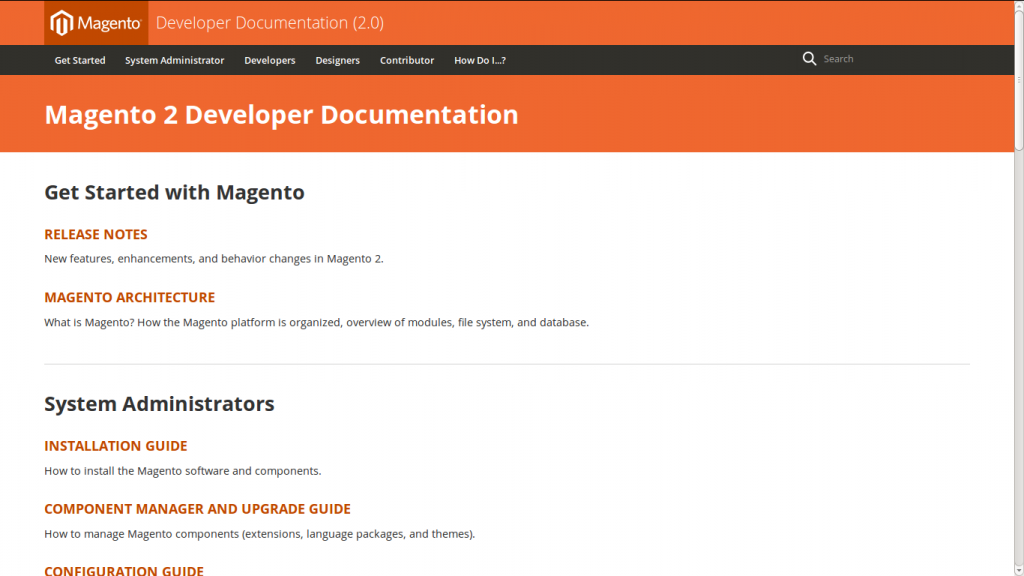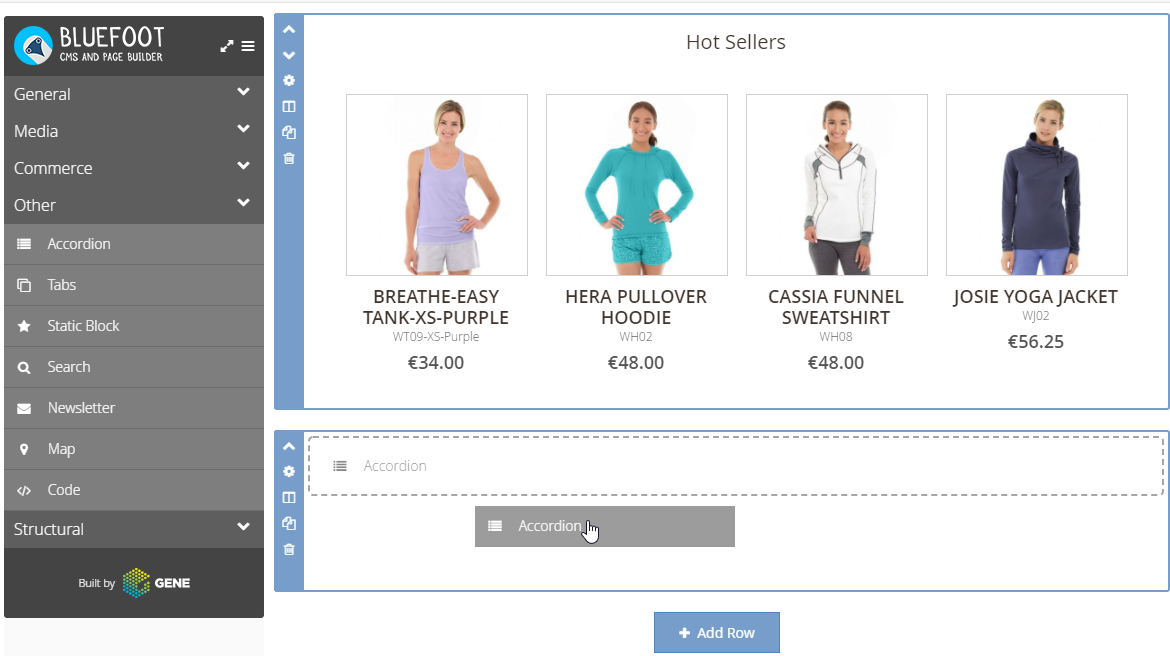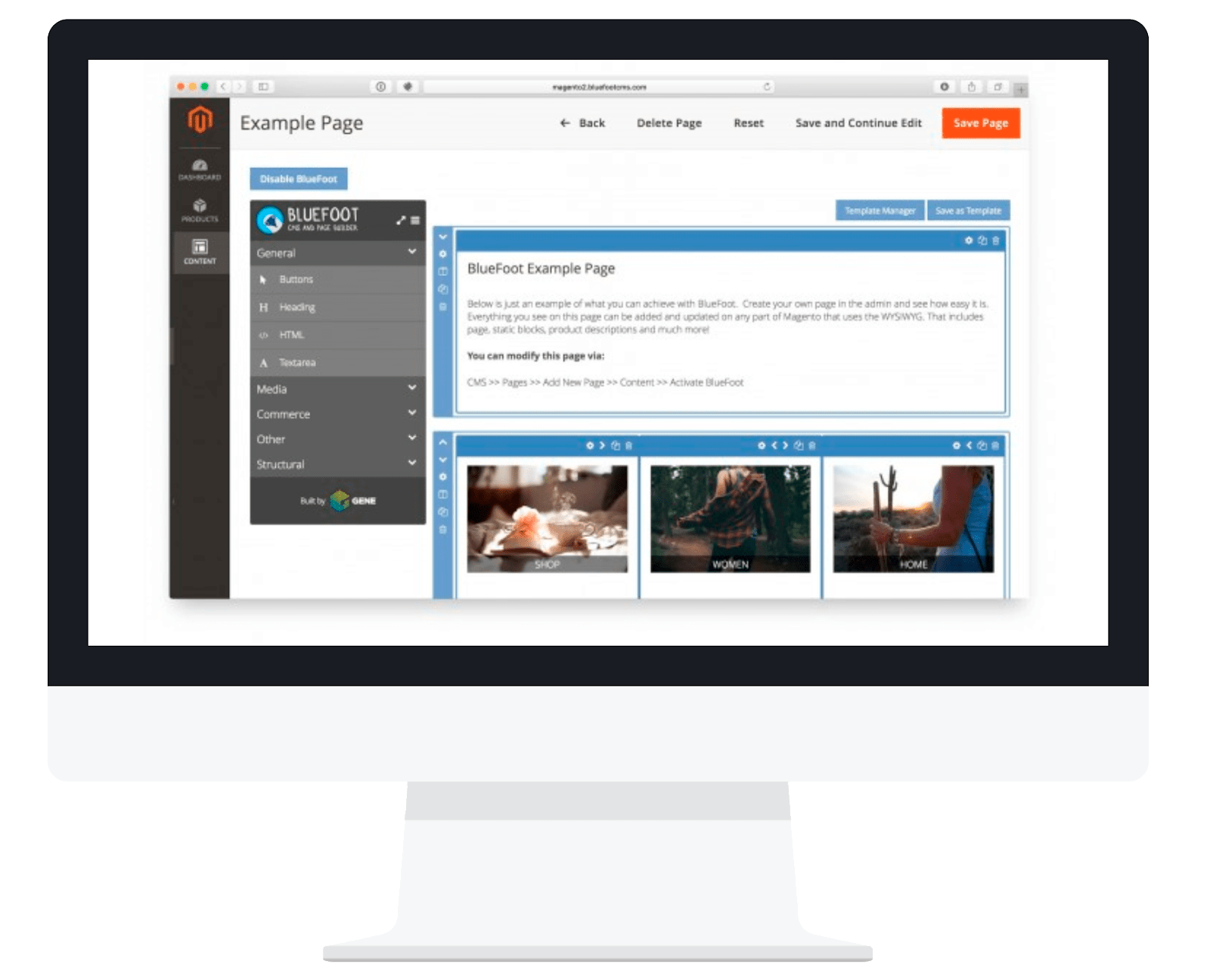

Changing the _config.yml file or other YAML file with data or configuration requires a fresh build (stop and start the server again with rake preview). Every time you save changes to a file, it automatically regenerates the site so you can test the output immediately. Leave the serve terminal open and running. Press Ctrl+C in the serve terminal to stop the server. The generated website launches automatically in a new tab in your browser. Theme Config file: /Users/user/.rvm/gems/ruby-2.6.5/bundler/gems/devdocs-theme-e1a4ff6880d5/ _config.ymlĭestination: /Users/user/magento/devdocs/_site Blue foot was created to offer Magento retailers a simple and powerful tool to manage their content online, everything from product descriptions through to blogs, with the aim to empower Magento users to create fantastic content rapidly and efficiently. Use `bundle info ` to see where a bundled gem is installed.Ĭleaning after the last site generation: $ bundle exec jekyll cleanĬonfiguration file: /Users/user/magento/devdocs/_config.ymlĬleaner: Removing /Users/user/magento/devdocs/_site.Ĭleaner: Removing src/.jekyll-metadata.Įnabled the default configuration: $ bundle exec jekyll serve -incremental \ The Magento UI library offers the following characteristics for those who develop or customize Magento themes. It employs a set of mixins for base elements to ease frontend theme development and customization.
#Magento2 devdocs bluefoot install
Install gems listed in the Gemfile: $ bundle installīundle complete! 16 Gemfile dependencies, 70 gems now installed. The Magento UI library is a flexible modular Magento frontend library that is designed to assist Magento theme developers. The first time you are at the devdocs directory, run: See official documentation for the most recent installation guidelines and available options. Ruby version manager such as rvm or rbenv can help to manage the correct version for this automatically. Set up RubyĬonsider to set up the Ruby version defined in. Jekyll will use its own webserver for this. You do not need to set up a webserver to serve the site locally. Building older versions of the documentation.
#Magento2 devdocs bluefoot windows
Build DevDocs in Windows (Windows 7 & 10).Using a Vagrant virtual machine (Mac, Linux, Windows).


Welcome! This site contains the latest Adobe Commerce and Magento Open Source developer documentation for ongoing releases of both products.


 0 kommentar(er)
0 kommentar(er)
